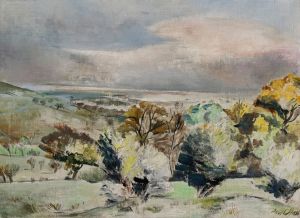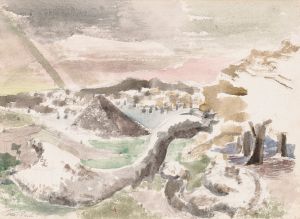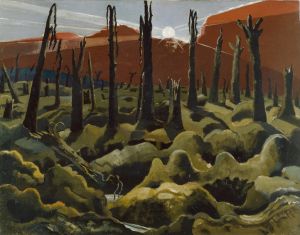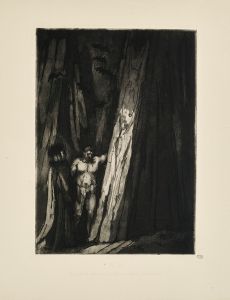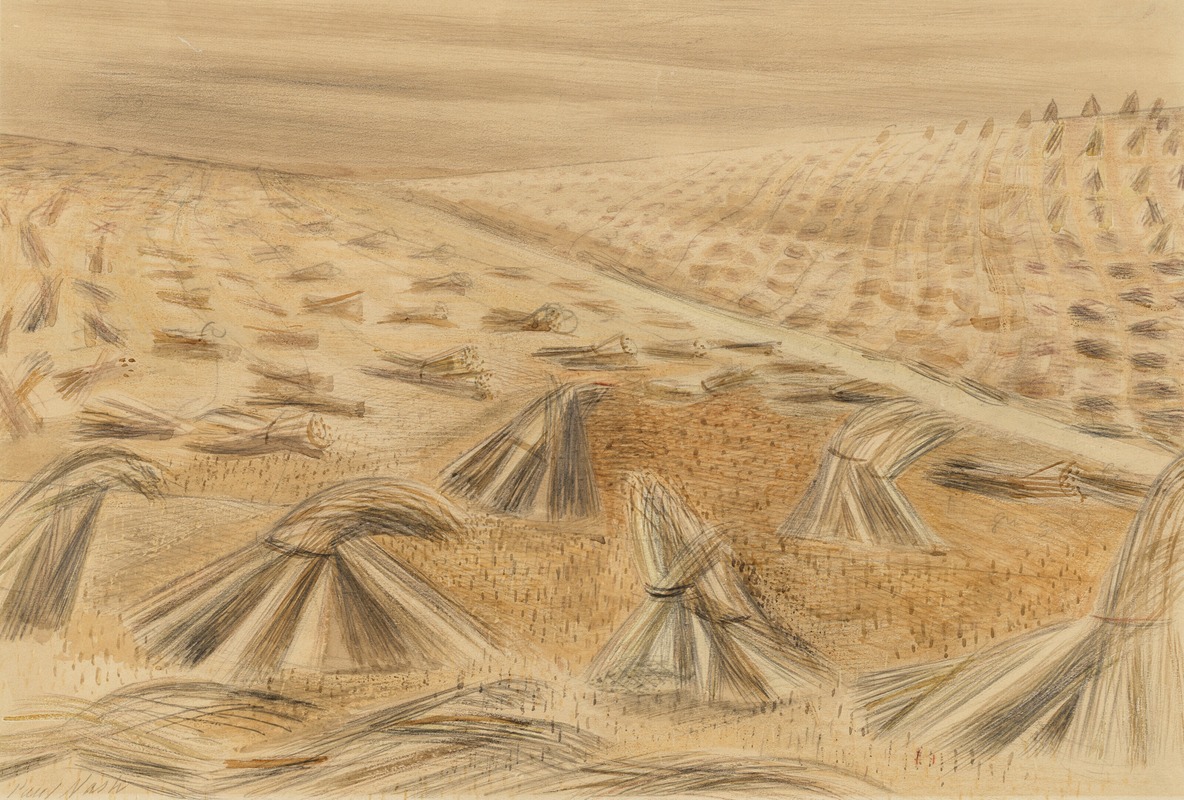
Cornfield, Avebury
A hand-painted replica of Paul Nash’s masterpiece Cornfield, Avebury, meticulously crafted by professional artists to capture the true essence of the original. Each piece is created with museum-quality canvas and rare mineral pigments, carefully painted by experienced artists with delicate brushstrokes and rich, layered colors to perfectly recreate the texture of the original artwork. Unlike machine-printed reproductions, this hand-painted version brings the painting to life, infused with the artist’s emotions and skill in every stroke. Whether for personal collection or home decoration, it instantly elevates the artistic atmosphere of any space.
Paul Nash's Cornfield, Avebury is a painting created by the renowned British artist Paul Nash, who is widely recognized for his contributions to modernist and surrealist art in the early 20th century. Nash, known for his deep connection to the English landscape, often infused his works with a sense of mystery and symbolism, drawing inspiration from the natural world and ancient sites.
This particular painting, Cornfield, Avebury, depicts a rural scene near the village of Avebury in Wiltshire, England. Avebury is famous for its Neolithic stone circle, one of the largest in Europe, and its surrounding prehistoric landscape. While the painting does not explicitly feature the stone circle itself, it reflects Nash's fascination with the area's historical and spiritual significance. The work captures the interplay between the natural environment and human history, a recurring theme in Nash's art.
The composition of Cornfield, Avebury showcases Nash's distinctive style, characterized by bold forms, a strong sense of design, and a subtle surrealist undertone. The painting features a golden cornfield, rendered with rhythmic patterns and textures, set against a backdrop of rolling hills and a dramatic sky. Nash's use of color and light imbues the scene with a dreamlike quality, evoking both the timeless beauty of the English countryside and a sense of otherworldliness.
Paul Nash created this work during a period when he was deeply engaged with the landscapes of southern England, particularly those with ancient or mystical associations. His visits to Avebury and other prehistoric sites left a lasting impression on his artistic vision, inspiring a series of works that explore the relationship between the past and the present, nature and human intervention.
The painting is considered an important example of Nash's ability to reinterpret the landscape genre, moving beyond mere representation to convey deeper emotional and symbolic meanings. It reflects his belief that certain landscapes possess an inherent power or "genius loci" (spirit of place), which he sought to capture through his art.
Today, Cornfield, Avebury is celebrated as a significant work within Paul Nash's oeuvre and as part of the broader tradition of British landscape painting. It exemplifies his unique approach to depicting the natural world, blending realism with abstraction and imbuing familiar scenes with a sense of mystery and wonder.







